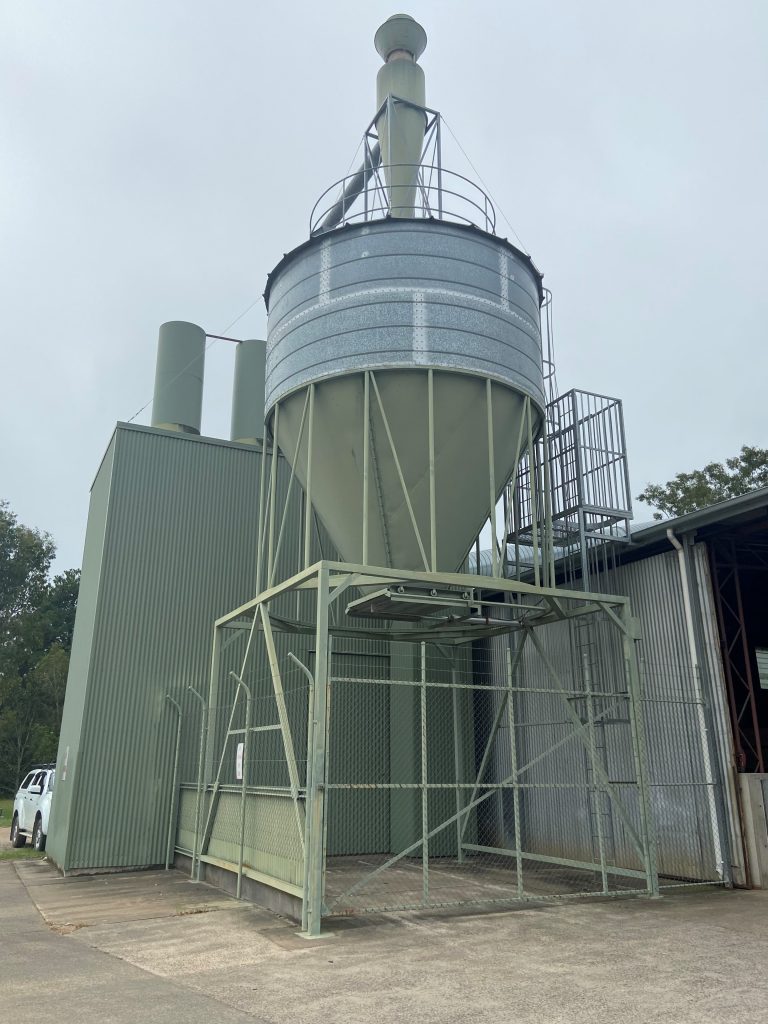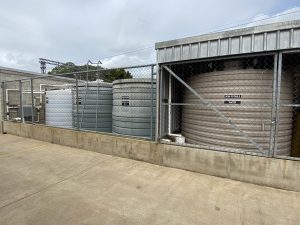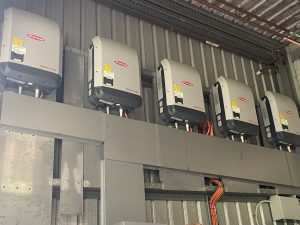Timber has always been at the core of Page Furnishers. From the first bespoke cupboards and dining tables that were produced in 1919, right through to the multi-million-dollar fit-outs of Sunshine Coast University Hospital and Brisbane Girls Grammar. Finding a way to maximize the most out of our timber allows Page to be competitive in the modern market.
And how does Page achieve this?
The first step is Board optimization. This is the process where our trained CAD operators and Machine operators seek to use as much of the material as possible. They nest different shaped components over each board, using a combination of optimization programs and decades of industry knowledge to use as much of each board as possible.
Next is the cutting-edge equipment that allows Page to transfer the optimized layouts onto the timber boards for processing. The machines are also amazingly fast and able to process material without the need for excessive handling, saving both time and money for our customers.

Once we have processed as much material as possible, there is always some waste left over. Page Furnishers have worked for years with our suppliers to minimize that waste, and now, we are proud to say that no timber waste enters into landfill.
Page achieves this by collecting all of the sawdust, timber offcuts, and rejected components into large skip bins. These bins are then collected by a company that turns this waste into a fine powder that is transported back to the board manufacturer.
Due to impurities that enter the waste timber, they can’t use it in new board, instead, it is used as a biofuel to power the boilers. These boilers power the equipment that is used to compress new timber into products such as particleboard, chipboard, and MDF that we and other manufacturers use.
This way there is no waste left at the end of the process to go into landfill, the energy required to produce new material is reduced and no part of the product is unused.
By reducing our timber waste to zero, our customers get the maximum value out of every board. Through continuous improvement, we explore better ways to deliver value to our customers, look after our people, and care for the planet.

